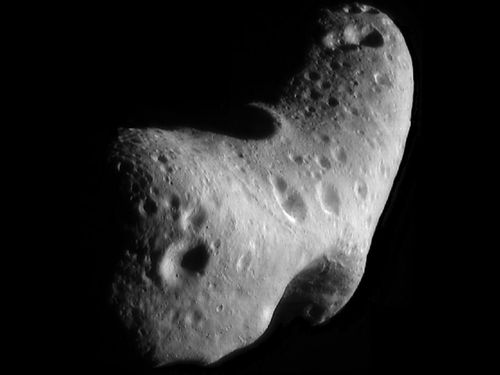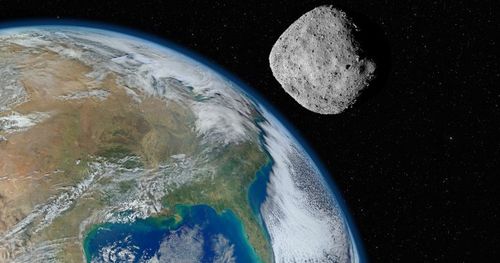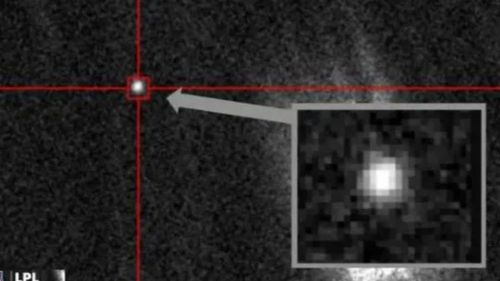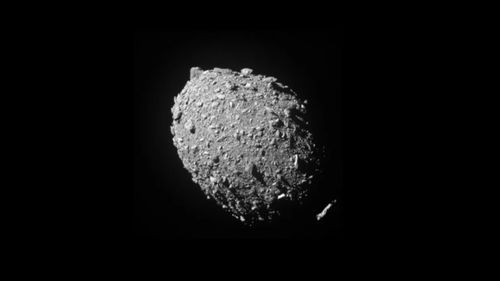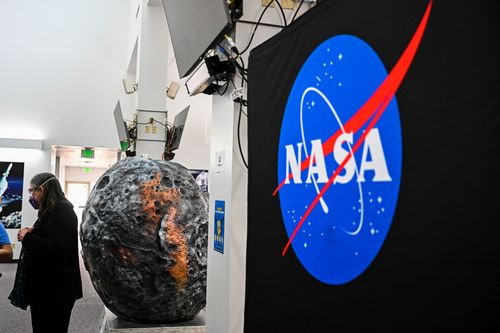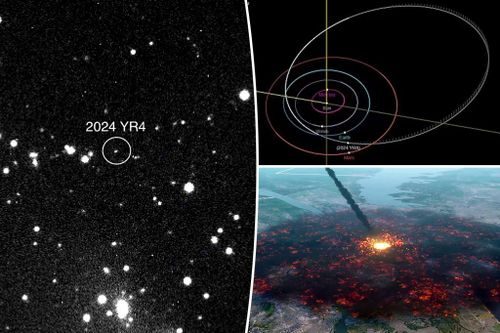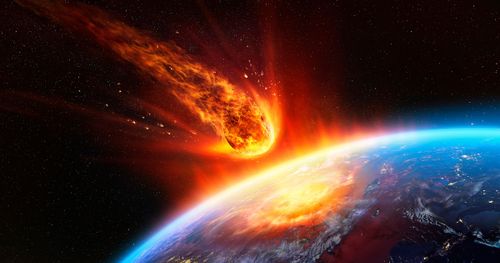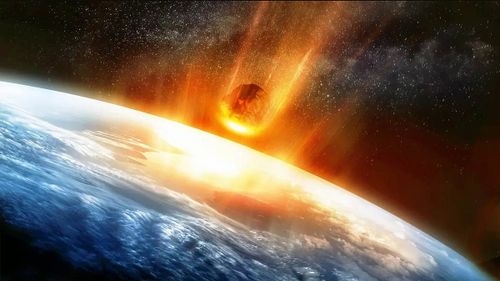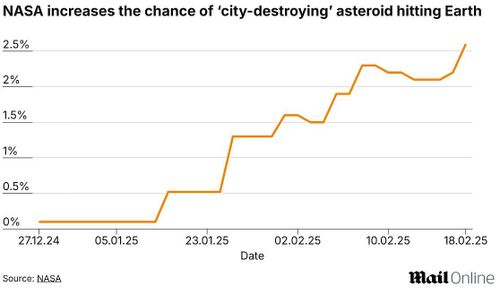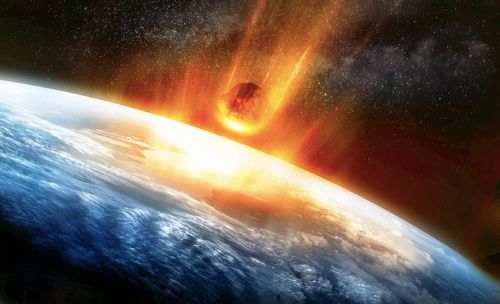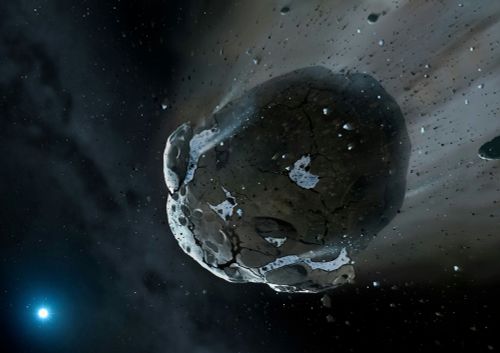 Newsweek
Newsweek‘City killer’ asteroid now has 3.1% chance of hitting Earth: NASA
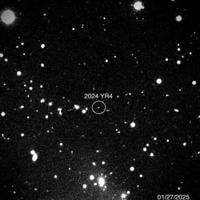
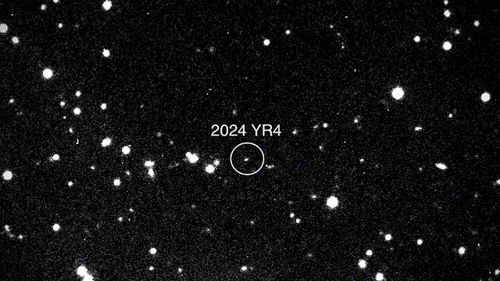
"I'm not panicking," Bruce Betts, chief scientist for the nonprofit Planetary Society told AFP. "Naturally when you see the percentages go up, it doesn't make you feel warm and fuzzy and good," he added, But as astronomers gather more data, he explained, the probability will likely edge up before rapidly dropping to zero.
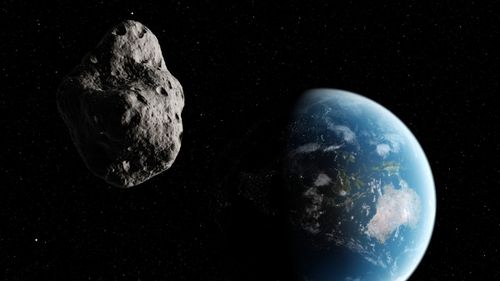
The probability that a major asteroid, big enough to wipe out an entire city, will hit Earth in 2032 has just increased to 1 in 32, or 3.1%, according to NASA. On Feb. 7, NASA increased the likelihood that asteroid 2024 YR4 will hit Earth in seven years time from 1.2% to 2.3%. The odds of impact then climbed to 2.6%, and are now at 3.1%, according to the latest data on NASA's Center for Near Earth Object Studies website.
Astronomers have been calculating the likelihood of the asteroid hitting Earth with greater precision as they gather more data. It is estimated as being anywhere from 131 feet to 295 feet wide, with the potential of releasing the energy equivalent to almost 8 megatons of TNT, or 500 times the power of the atomic bomb the United States dropped on Hiroshima, Japan, during World War II, if it and the Earth collide.

